
10 Ideas for redesigning a new teacher orientation
With the upcoming school year upon us, many administrators are already thinking ahead to designing a new teacher orientation and staff in-service days. Such efforts are helpful in welcoming new hires and building collegiality between school staff members. These team-building activities not only help build a solid foundation of support and collaboration for the upcoming school year, but they set the tone for how administrators will recognize and strive for solutions around current challenges and obstacles within any given school community.
Yet, this summer, there is a cloud over welcoming educators — administrators first have to face the fact that the hiring cycle is in disarray since our nation has hit a pinnacle in the teacher shortage crisis. However, there are some definitive steps that administrators can take in strategizing a short-term and long-term plan when it comes to hiring, onboarding, and retaining new staff.
Foster a love of learning in every student with Nearpod. Teachers can sign up for free below to access and create interactive lessons. Administrators can schedule a call with an expert to unlock the full power of Nearpod for schools and districts.
What is the current teacher shortage crisis?
For years now, experts have warned of an impending teacher shortage due to a host of issues. Now, these issues have culminated into a new-hire crisis that is much out of administrators’ control:
- Since 2010, total enrollment in teacher preparation programs has declined by ⅓, coupled with a large decline in program completion. This strain on incoming, well-qualified teacher candidates is putting a strain on the hiring process.
- Teachers’ salaries are low, especially within the current competitive job market, and actually are $2,179 less, on average, than ten years ago when current inflation is taken into account.
- Working conditions have become more challenging, especially over the past two years of teaching during the pandemic. Recent Adopt-a-Classroom survey respondents reported:
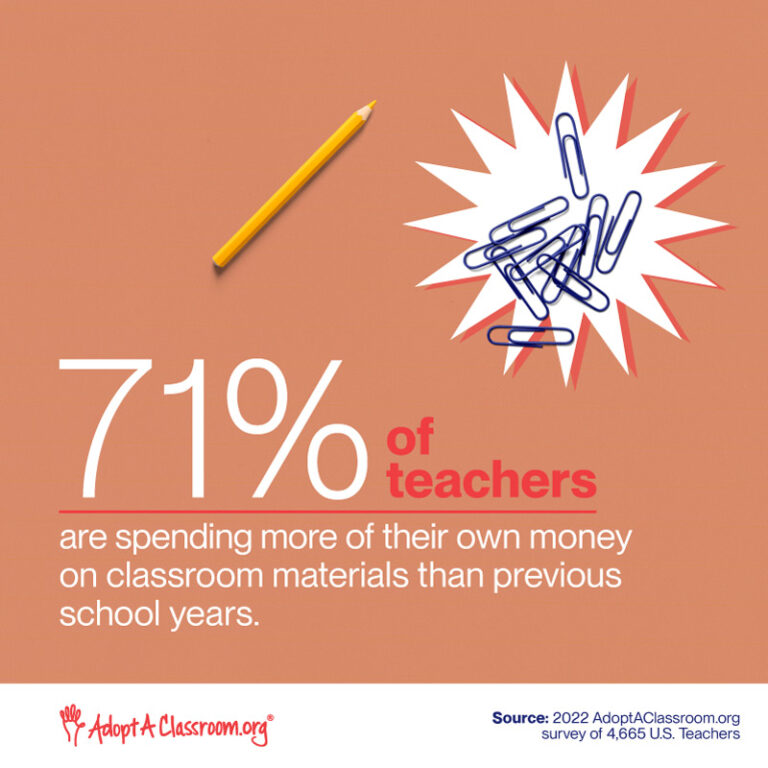
- 81% – The overall workload has increased.
- 80% – Spending more time addressing students’ mental health.
- 71% – Spending more of their own money on classroom materials.
- 69% – Getting students back on track from learning loss.
- 58% – Increase in classroom interruptions during instruction.
- 55% – Less planning time due to staff shortages and other factors.
- Public perception of teaching has shifted with PDK International found in 2018 that a majority of surveyed parents do not want their children to become teachers.
- Educators’ career pathways are often viewed as limited, with few perceived growth opportunities. Consider that the 2021 average cost for a Master’s degree in education was $55,200. A 2021 study of LinkedIn member profile updates showed a 66% increase in school-job departures over the previous year.
The Great Resignation
In addition to the constrained influx of new teachers is the increasing rate of teachers who are taking leaves, quitting, or resigning early. Many are predicting that we will soon be faced with “The Great Resignation” within the field of education. NPR recently reported that 55% of teachers surveyed by the NEA shared that they are looking to exit the profession “sooner than they had originally planned:”
- 90% of its members say that feeling burned out is a serious problem.
- 86% say they have seen more educators leaving the profession or retiring early since the start of the pandemic.
- 80% report that unfilled job openings have led to more work obligations for those left.
Shortage of substitute teachers
There is also a shortage of qualified substitute teachers adding to this burden of setting up school staff and their students for success. According to the Brookings Institute, teachers miss an average of 11 days of instruction during an 186-day school year. Some studies actually point to a standard deviation decrease in math and English Language Arts test scores due to such teacher absences. NPR shared how some states, like New Mexico, have resorted to leaning on parents or other civil servants like firefighters or the National Guard.
While this overall teacher shortage issue is not “new” – back in 2015, The Washington Post shared a similar list of issues, including the undue pressure from high-stakes testing – it has definitely reached a critical pinnacle. All in all, it is resulting in an arduous hiring, employee onboarding, and retention cycle for school and district administrators, especially when you consider the hyperlocal constraints that school communities juggle.
How can school administrators support teachers and staff?
So with such odds stacked against the field of education, how can school administrators best support the newcomers they do recruit? A newcomer might be a green-thumbed educator or maybe be more experienced, but nevertheless, they are becoming part of a new school community, one with its own unique company culture.
Now with school districts across the country scrambling to fill vacancies left from teacher turnover, it’s essential that we understand the many challenges pulling teachers out of the classroom. Providing practical advice for new teachers during their first year in elementary, middle, or high school can significantly impact how they adjust to these challenges. I would argue that the main one is the loss of joy in teaching. How can we rediscover that joy?
Domonique Dickson from Education Week
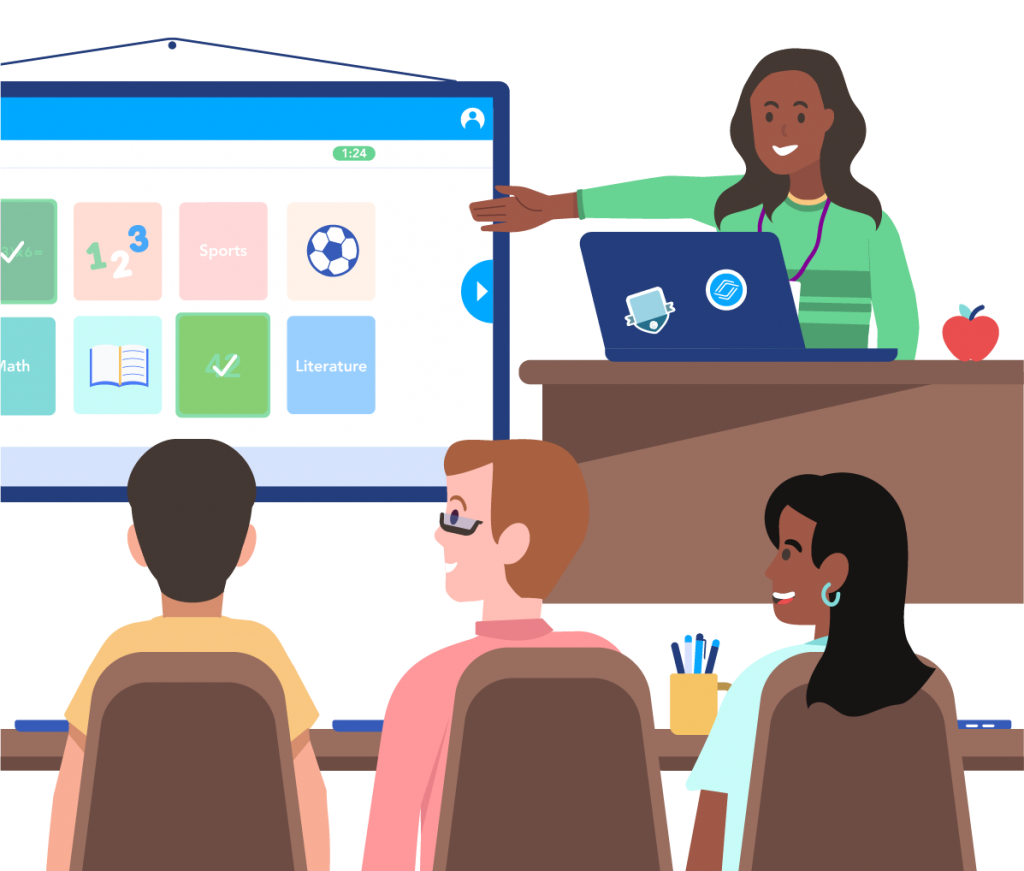
As an administrator, continue to strive to reduce the barriers to entry when it comes to onboarding new staff. Consider how you can enhance the value proposition for teaching at your school or district. A thoughtful onboarding process helps ensure new employees feel welcomed, valued, and prepared for success. And do make sure to capitalize on efficiencies to optimize instructional time for all.
Work with broader team members to outline short-term and longer-term plans to triage the immediate needs and strategize toward future goals. And look for ways to start this new school year off on the right foot for all.
How to redesign a new teacher orientation
As a learning expert, you need to employ your own teaching lens when redesigning the teacher onboarding experience for your staff. Ask yourself:
- How can I make this orientation a shared, meaningful experience for new and veteran teachers?
- How can I provide strategies to empower individuals to find the individualized answers they need when they need them?
- How can I lessen the learning curve by providing curated resources in an efficient, organized manner?
Consider how you can employ Nearpod to help orient your new hires to your district and school community. These resources can be shared in a new orientation meeting but also can be referenced over and over again by the individual teachers as needed – they can become a source of truth as well as a one-stop shop for your staff. Explore below 10 tips for new educator orientations:
1. Digital resources and presentations

Use Nearpod to create digital resources and presentations. You can import Google Slides or PowerPoint presentations and enhance your employee orientation materials with Nearpod’s interactive activities. Explore the Nearpod Library for inspiration, and then create presentations to share ideas during staff meetings. These presentations then serve as a running record of highlighted and captured information and can be shared with absent staff members as well.
2. Create a climate survey
Take a team approach to welcome (and retain) newcomers. Do so by first creating a climate survey using Nearpod’s Quiz or Poll features to get a sense of areas needing improvement at the beginning of the year. Then anoint a team made up of staff and community members to tackle the issues in a variety of ways. Jenee Henry Wood suggested a three-step approach of Triage → Tinker → Transform (EdSurge) to address ways to problem-solve school staffing needs. Remember to follow up with an end-of-year post-survey as well to gauge progress.
3. Personalize onboarding presentations
Consider personalizing onboarding presentations that can be shared by you in person but then accessed virtually as needed throughout the year. You can include interactive assessment tools to serve as team-building activities for teachers. Here are some tips you can use for orientation activities and onboarding presentations:
- Use a video to add a message from you, the administrator, describing your school’s philosophy. Videos can help personalize your welcome. You may want to take viewers on a virtual tour of your campus.
- Share a “Facebook” of images of your staff to help identify who is whom, their titles, and their key responsibilities through social media.
- Create a timeline to showcase some of your district’s or school’s achievements throughout recent years.
- Insert interactive slides that outline set procedures, such as taking attendance or responding to a fire drill.
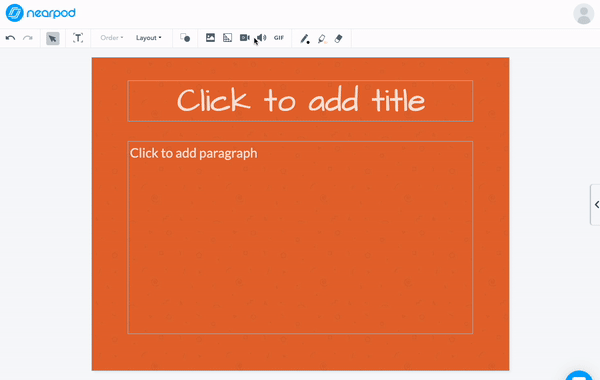
- Add in audio files for bits like school spirit songs.
- Use Nearpod’s Interactive Slides and Interactive Video to engage teachers a bit more in active learning and draw them into learning about these new processes and their new community. Add more interactive experiences to your presentation by including Draw It and Matching Pairs activities.
4. Pair teachers up
Pair teachers up with one another! Whether as a mentor or simply a buddy, identify those teachers in your school who would be willing to welcome another and answer those “smaller” questions: Where are supplies kept? Who monitors the lunchroom? Where do classes go during fire drills? By smaller, they are no means less important, but these details rarely show up in new hire packets or binders. Teachers hit the ground running, so find ways to provide teacher pairs time to meet and support each other so that newbies don’t feel isolated. Plus, they can help familiarize them with tools like Nearpod or point them to the handy Teacher Resources as needed.
5. Organize all school and district resources in one place
Designate a School or District Library on Nearpod to organize and share presentations and resources digitally. Include links to shared folders so that your teachers have an easy-to-reference “cheat sheet” or new teacher orientation checklist of need-to-know information as they become more familiar with where and how everything is kept and stored. You may want to link to approved tools and platforms, too so that teachers can capitalize on the best practices your staff has already identified and adopted.
6. Leverage fun team-building activities
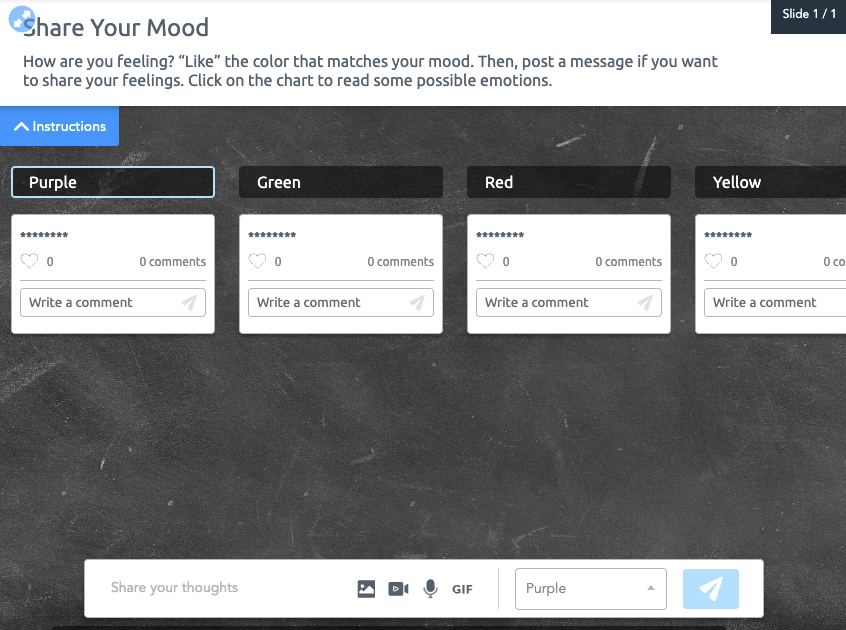
Looking for fun ideas for teacher back to school inservice days? Consider how to leverage student activities like the Collaborate Board and Time to Climb as staff meeting icebreakers and amend them to help build collegiality and facilitate communication between staff members. Although educators traditionally use these fun tools with students for back to school orientation ideas, they are also perfect team-building activities for teachers.
7. Share resources for sub-planning
Highlight where educators can find meaningful sub-plans regardless of who is pitch-hitting for the day. Share via an email address lessons from the bank of Sub Plans as well as standard-aligned lessons that can work well in-person or virtually for student-paced, independent learning. With Student-Paced codes, students don’t need logins or passwords – which can be arduous for a sub to track down – plus all of their work automatically will be saved to the classroom account.
8. Provide a grab-and-go professional development folder
Provide a grab-and-go professional development folder to house the vetted and curated experiences that you have created or sourced, like webinars, articles, and asynchronous courses. This is a very useful resource to use during your teacher orientation process! Add in a variety of assessment activities to provide your staff with quick knowledge checks for their own understanding. Share ways and resources to help educators cultivate their craft and grow professionally so that they feel empowered to set and pursue a desired professional path/pathway.
9. Use reports for student progress
Socialize school or district-level reports for teachers to better understand their students’ progress throughout the year. Such interim assessments and reflection will help inform short and longer-term planning.
10. Introduce staff using Collaborate Board
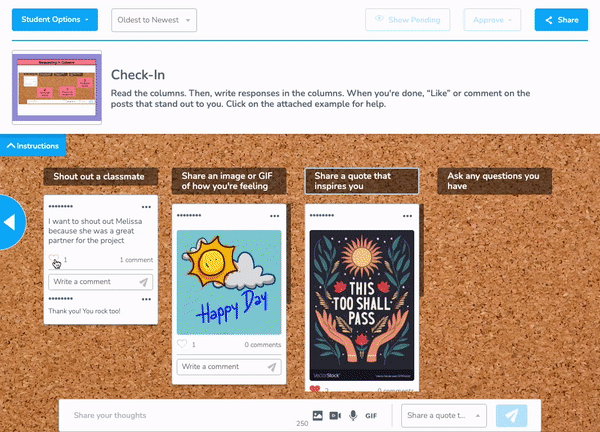
Introduce your staff to a private Collaborate Board just for your staff where you can post updates in a more authentic and personalized manner week after week. Collaborate Board allows for video-based responses too, which can help ensure an ongoing, real-time feedback loop with your staff, whether 1:1, with everyone, or in small group. Build school spirit in a timely manner with this more personalized approach. Add this activity into your Nearpod lesson to house all resources in one place, along with interactive activities.
11. BONUS TIP: Join our educator community
Share good teaching! Find ways to celebrate examples of strong teaching and learning and recognize those teachers who, like their students, strive to go “above and beyond.” Join Nearpod’s Facebook Community of educators to check out what your teachers are doing well as for inspiration.
Learn how to bring Nearpod to your school
We hope these ideas for planning a new teacher orientation sparked some inspiration! With the ever-shifting education landscape, you, as an administrator, need to be responsive in how you redesign onboarding and build collaborative teaching teams. From welcoming new hires to retaining educators year after year, you will want to begin outlining short-term and longer-term strategies for solving this teaching shortage. Try positioning this current crisis as a teachable moment for your whole staff, and lean on your staff — the experts — that you have hired as part of your school community to help take steps toward school or district-wide solutions.
Foster a love of learning in every student with Nearpod. Teachers can sign up for free below to access and create interactive lessons. Administrators can schedule a call with an expert to unlock the full power of Nearpod for schools and districts.

Darri Stephens is a dedicated LX (learning experience) designer, passionate about creating quality content and programs for kids, families, and educators. With MAs in Education from both Harvard and Stanford, and work experience at best-in-class ed tech organizations including Wonder Workshop, Nickelodeon, and Common Sense Education, she is steeped in the design thinking process and committed to agile and iterative project management, which has resulted in multi-award-winning programs and products.

